GI stands for Glycemic Index, and is an index that shows how easily each food raises blood sugar levels after eating. The rise in blood sugar level when glucose is ingested is set at 100, and the rise in blood sugar level of each food is expressed as a relative value.
Depending on the source of information, the same food may have a different GI value, but when comparing cooked rice, boiled pasta, toasted bread, and cooked white rice, rice has the lowest GI value and can be said to be a food that is less likely to raise blood sugar levels.
It has been suggested that consuming a diet with a high GI value is associated with an increased risk of diabetes and myocardial infarction, as well as with factors
related to metabolic syndrome1).
Staple foods are the main part of our daily meals, so choosing staple foods with a low GI value is effective for health management. Eat rice as much as you can!
<References>
1) Ministry of Health, Labour and Welfare (https://www.mhlw.go.jp/shingi/2009/05/dl/s0529-4h.pdf)

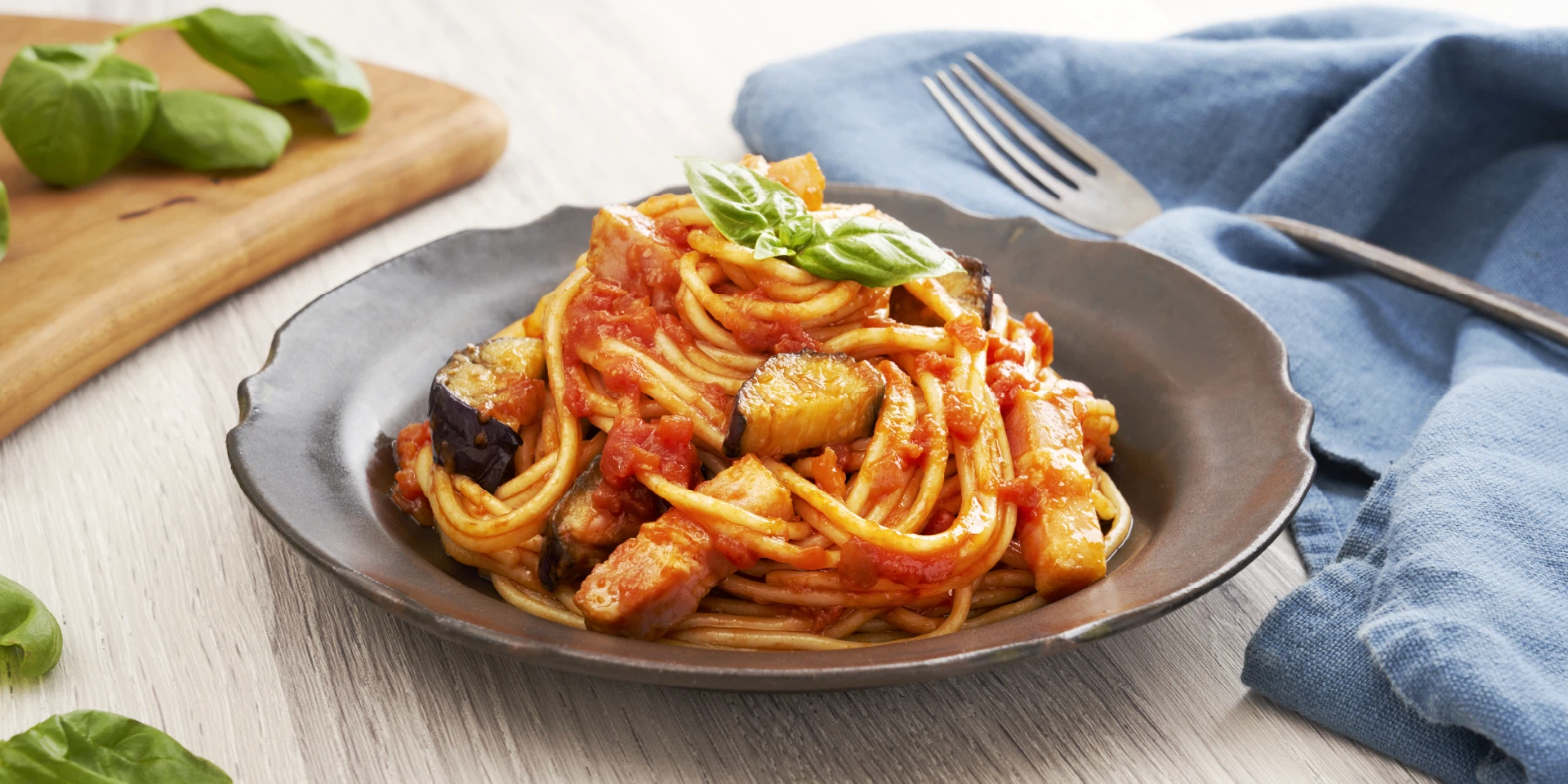




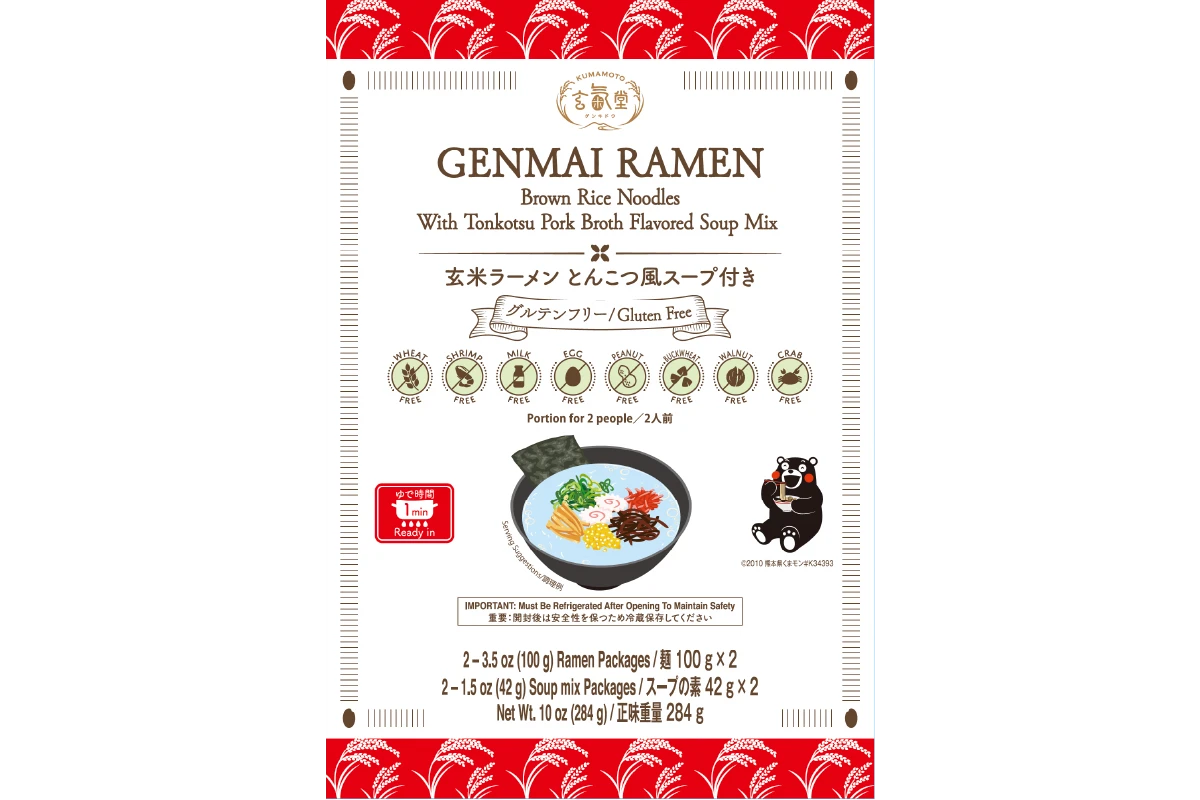

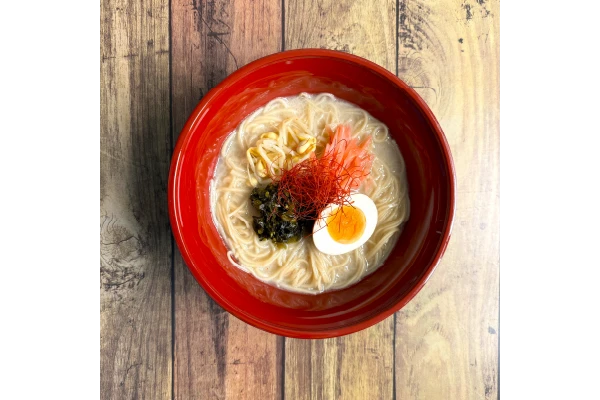


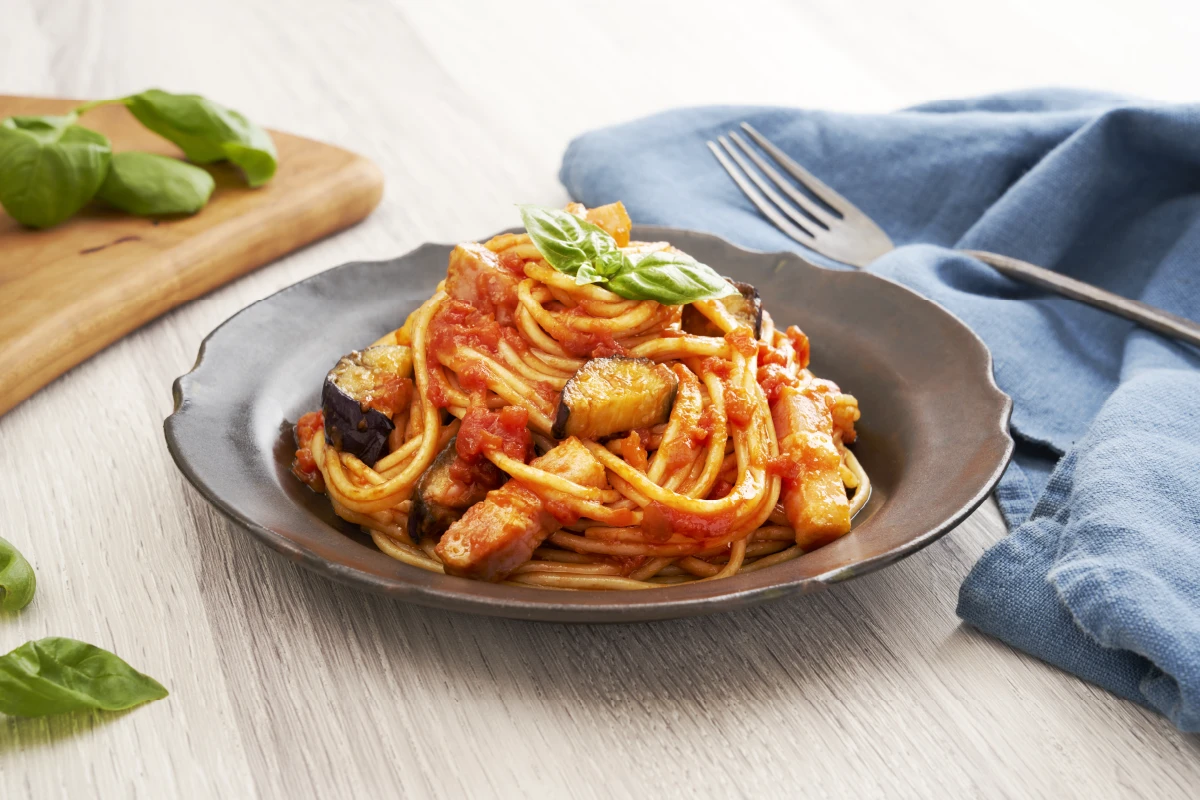


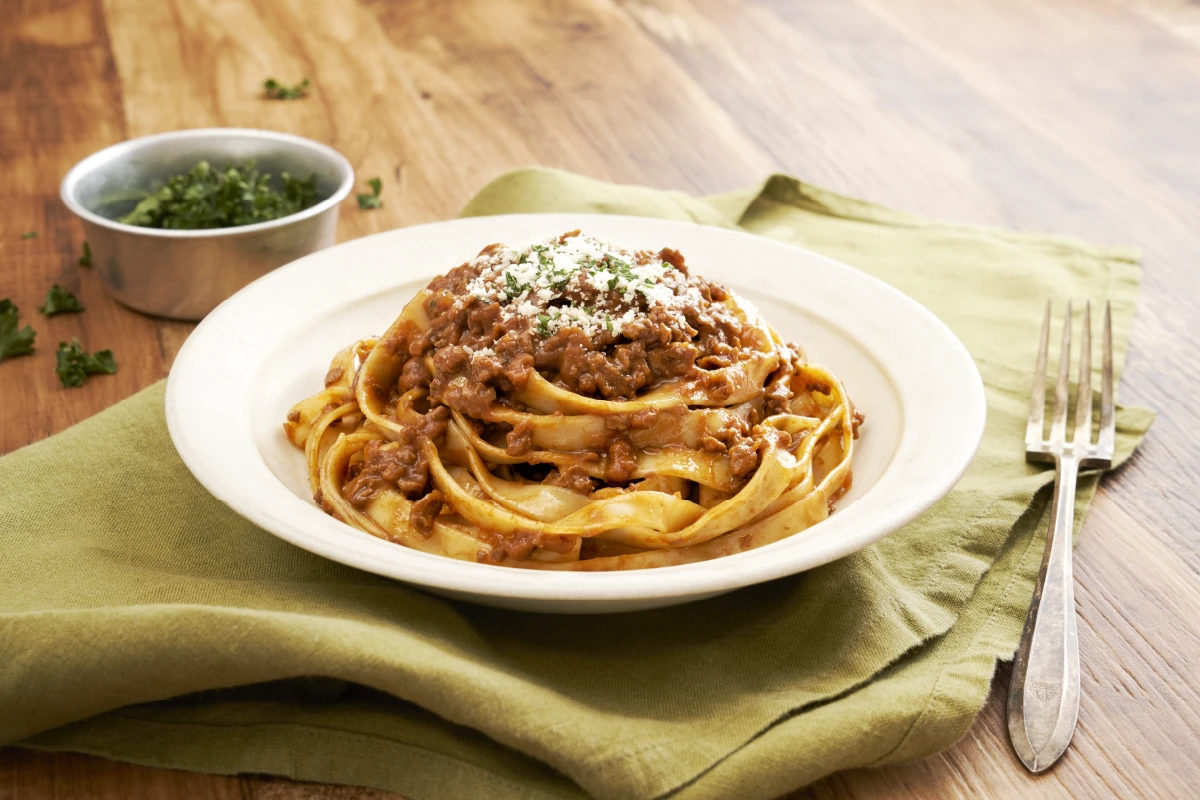
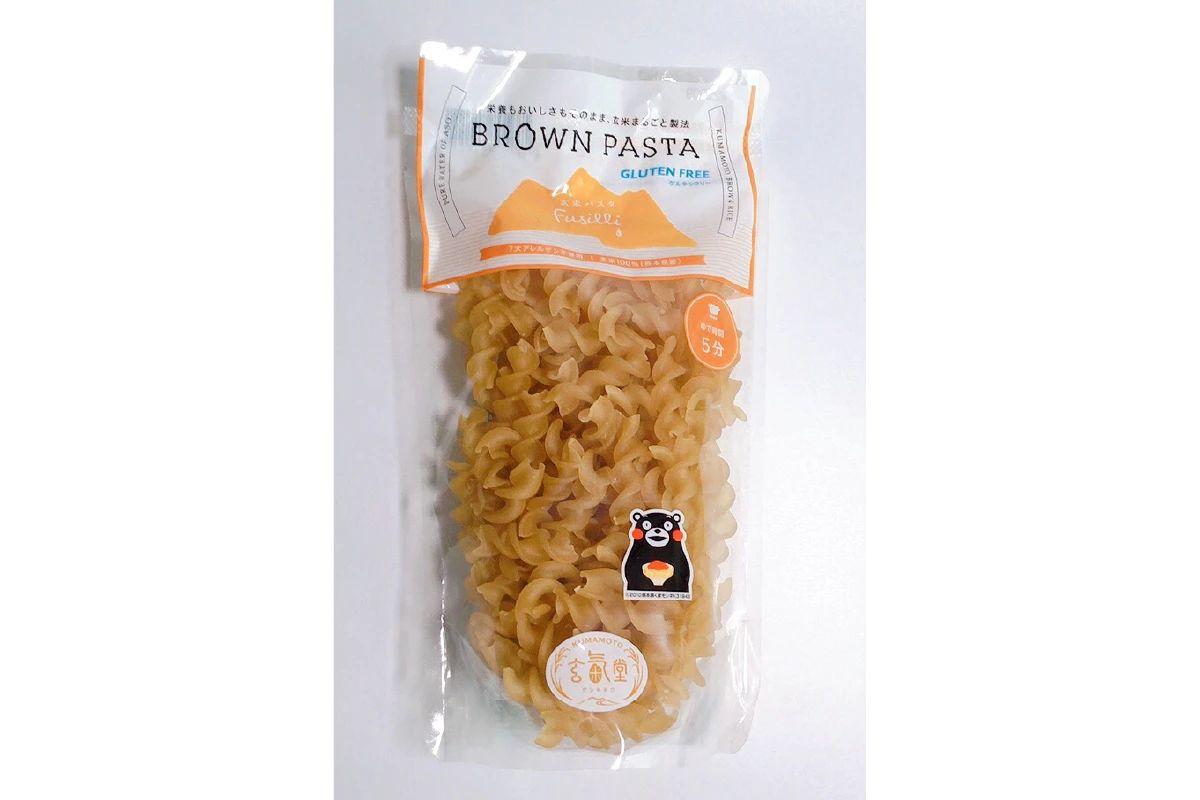


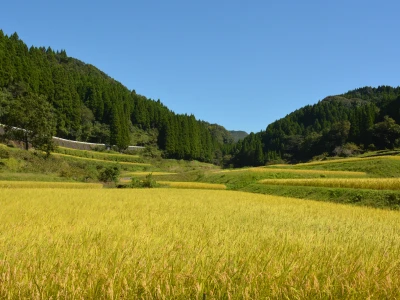
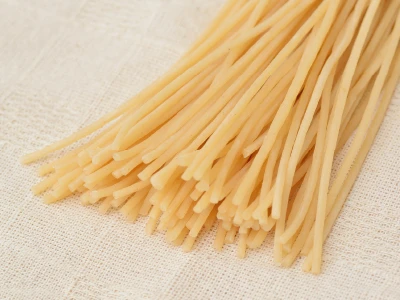

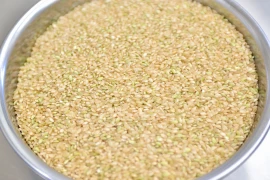




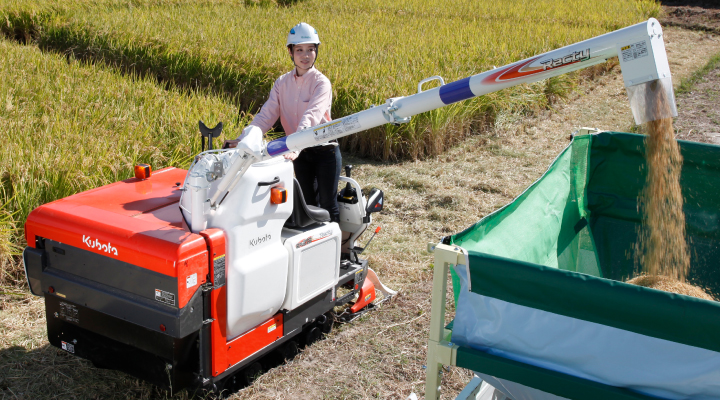

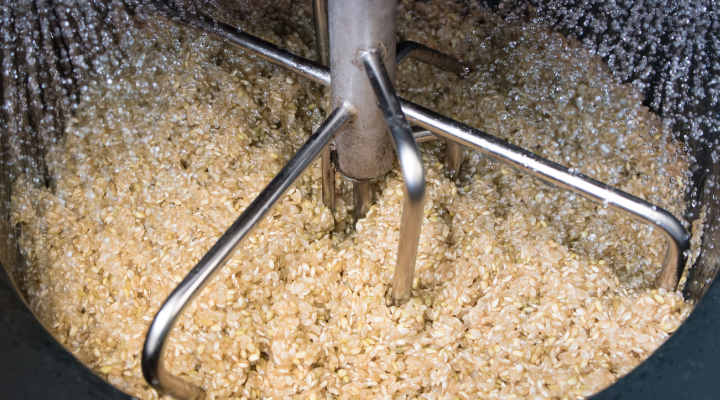

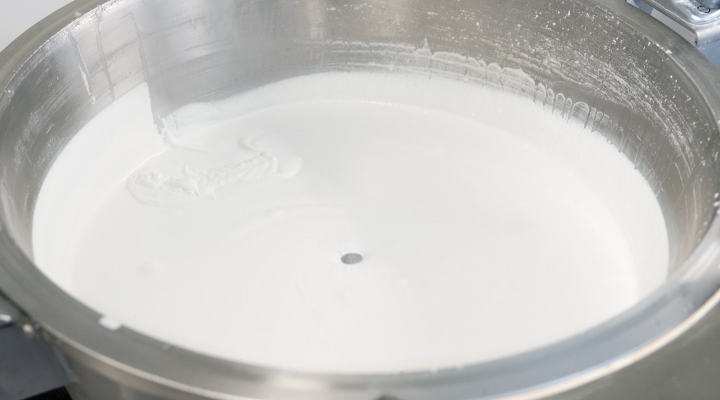
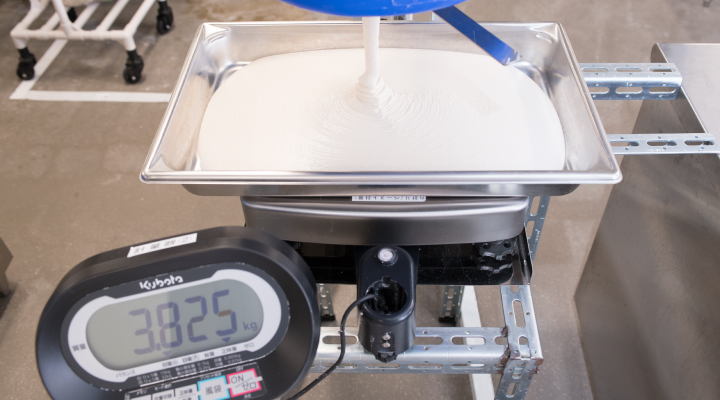
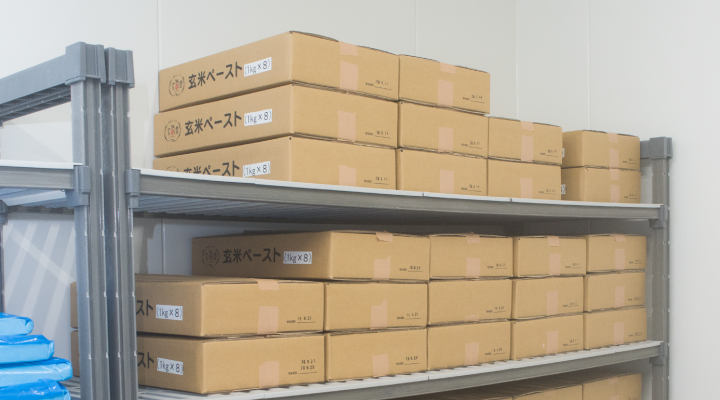

*The % Daily Value tells you how much a nutrient in a serving of food contributes to a daily diet. 2,000 calories a day is used for general nutritional advice.